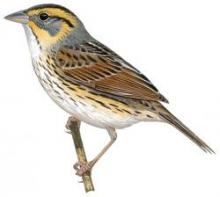Fauna numbers show steady decline across state forests of the Himalayan region and northeastern India
According to revelation made by the Indian Ministry of Environment and Forests (MoEF), the list of endangered fauna species which stood at 648 in 2013, has climbed to 665 in 2015, leaving many conservationists worried. Similarly, the number of endangered plant species too has gone up considerably.









